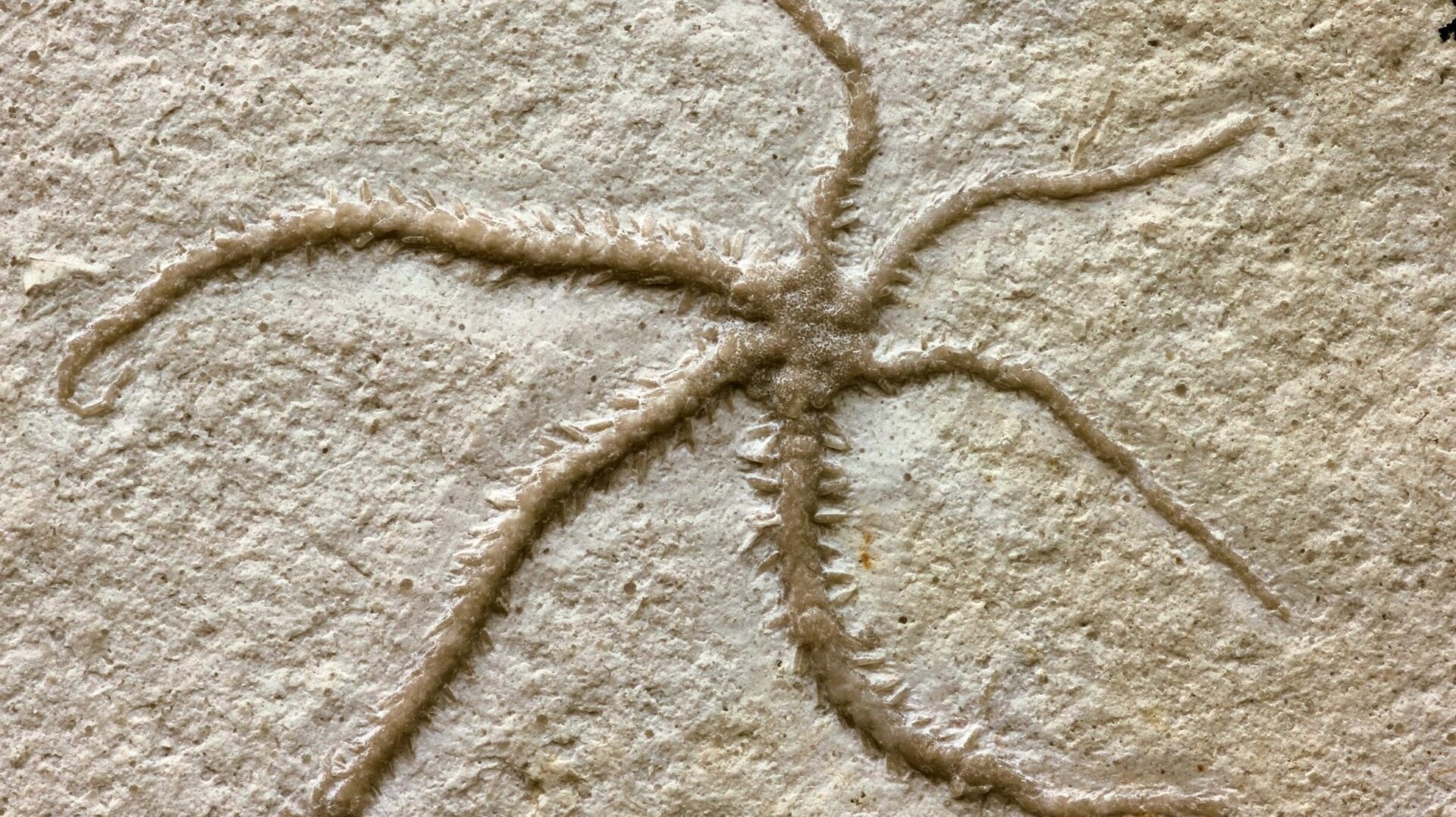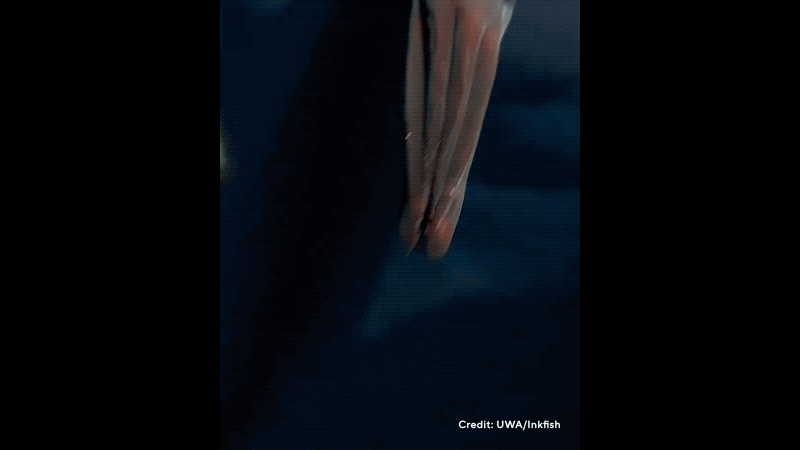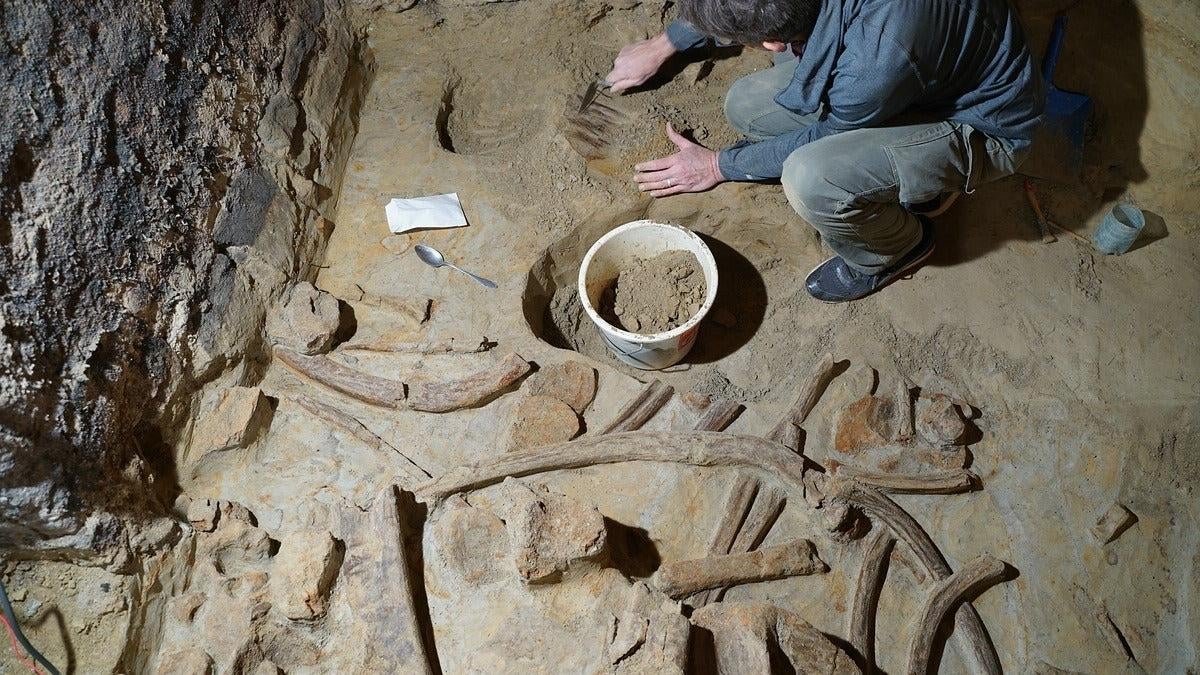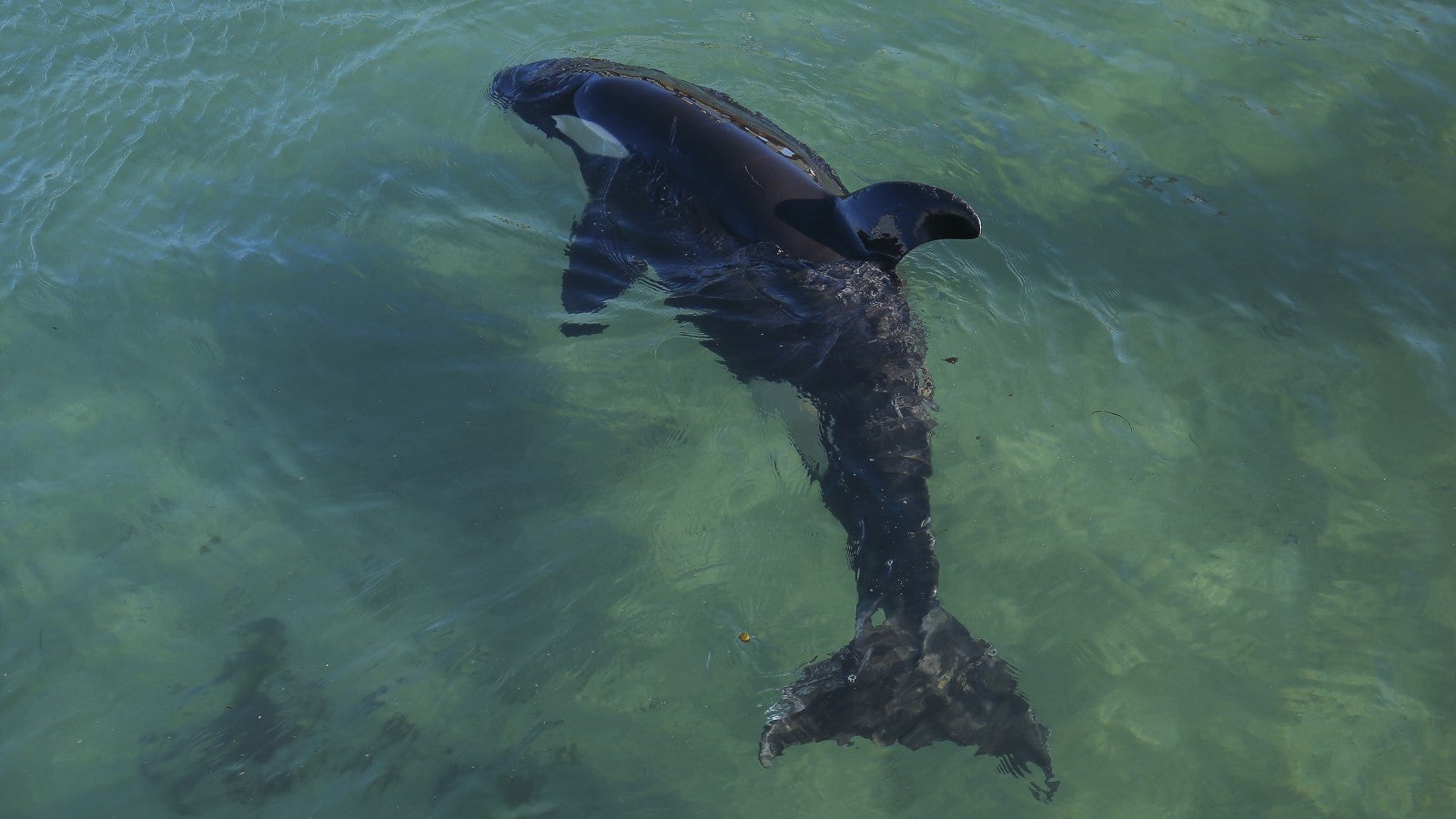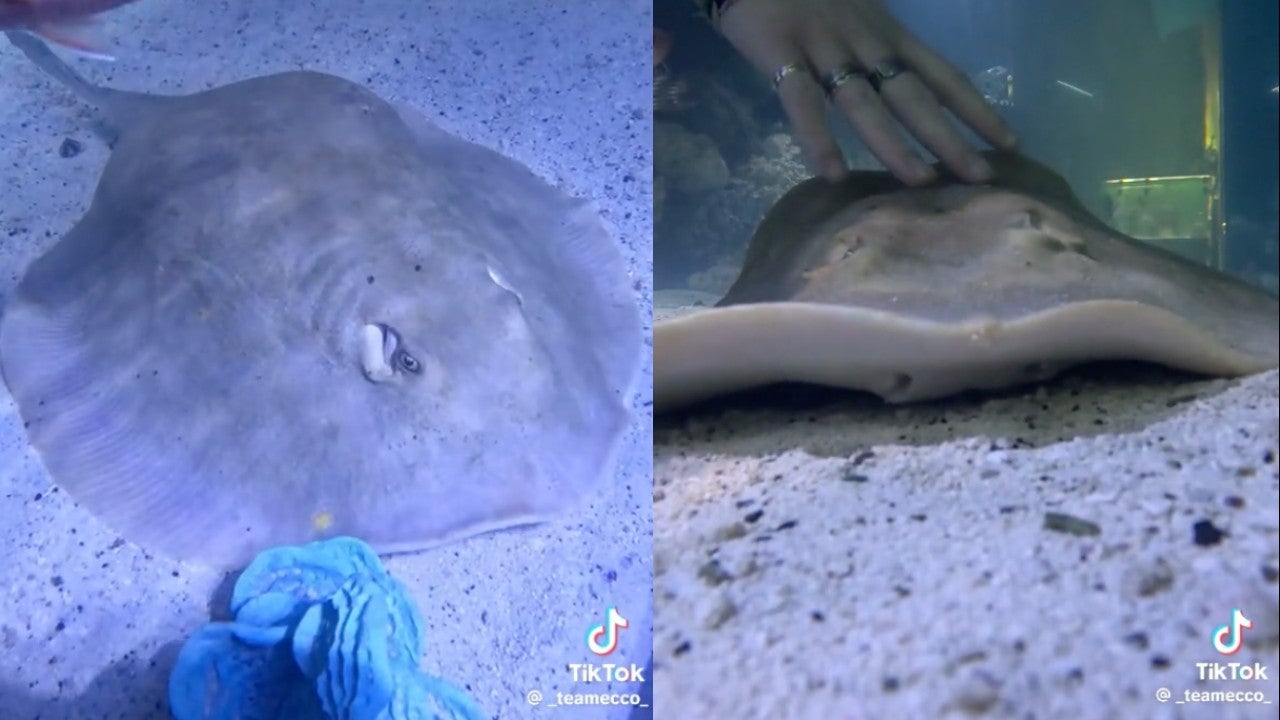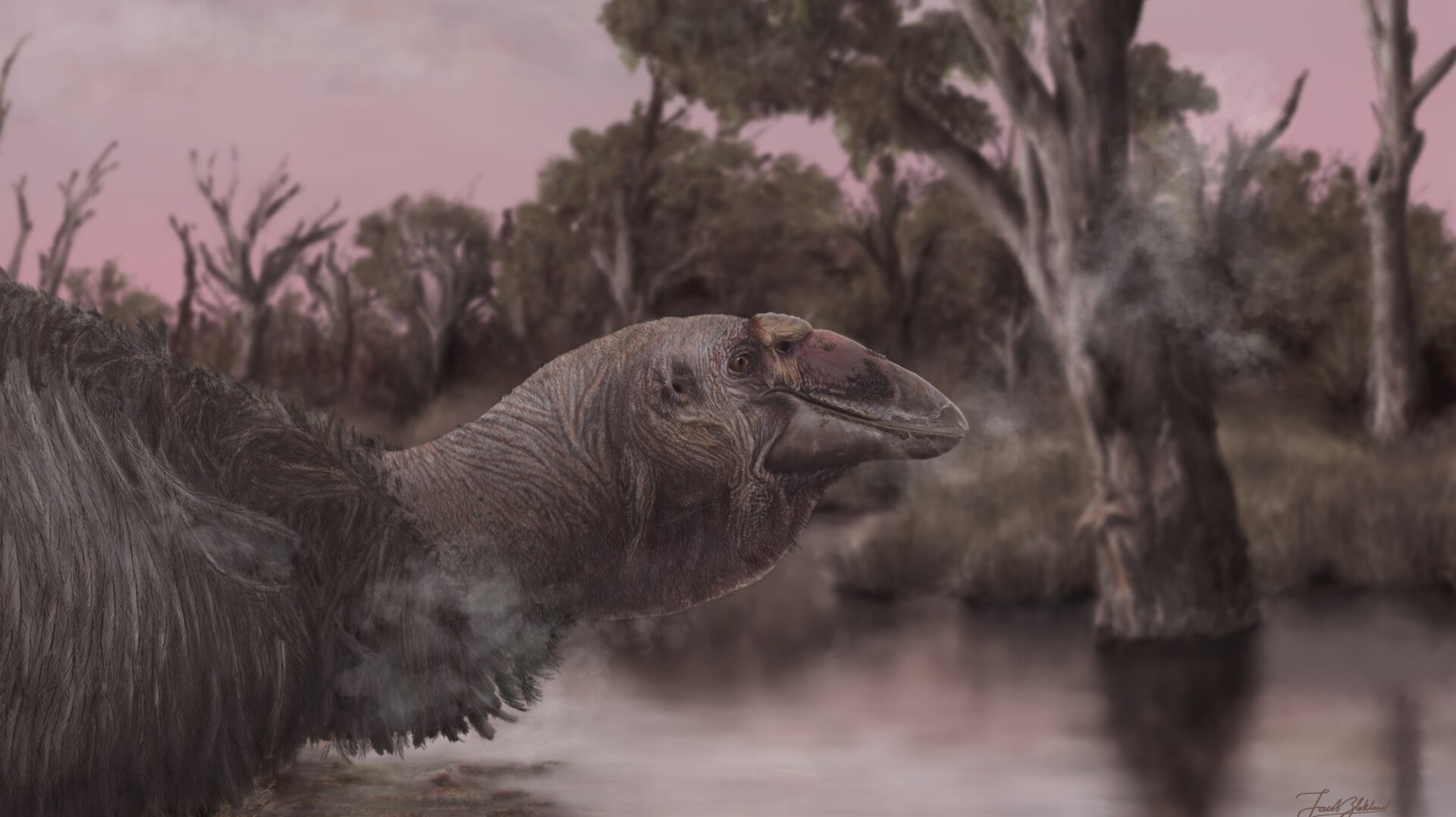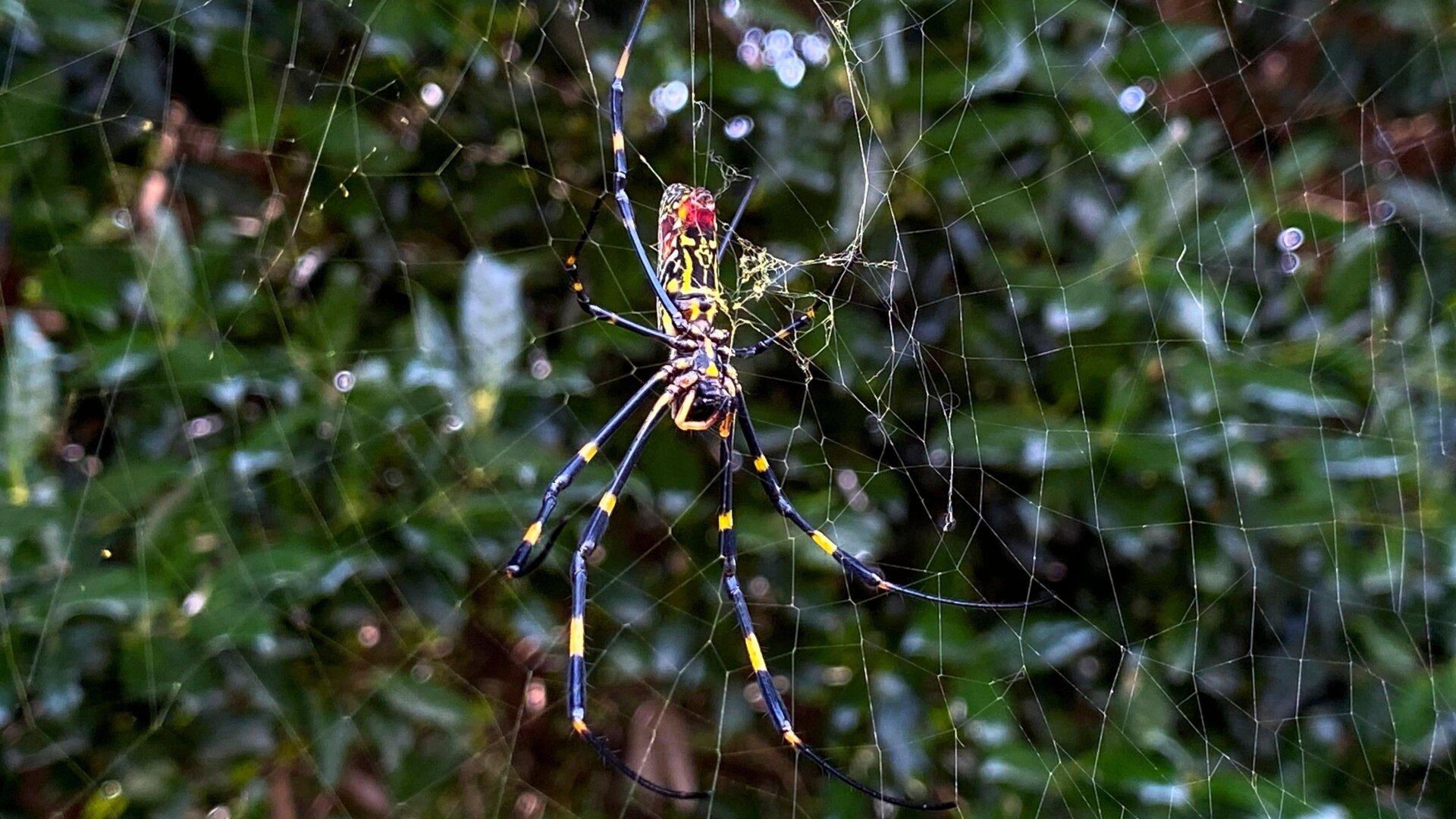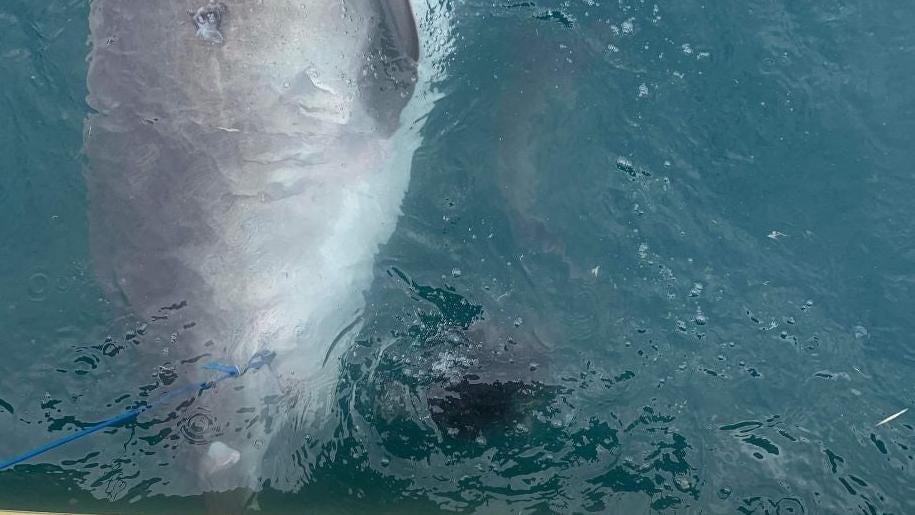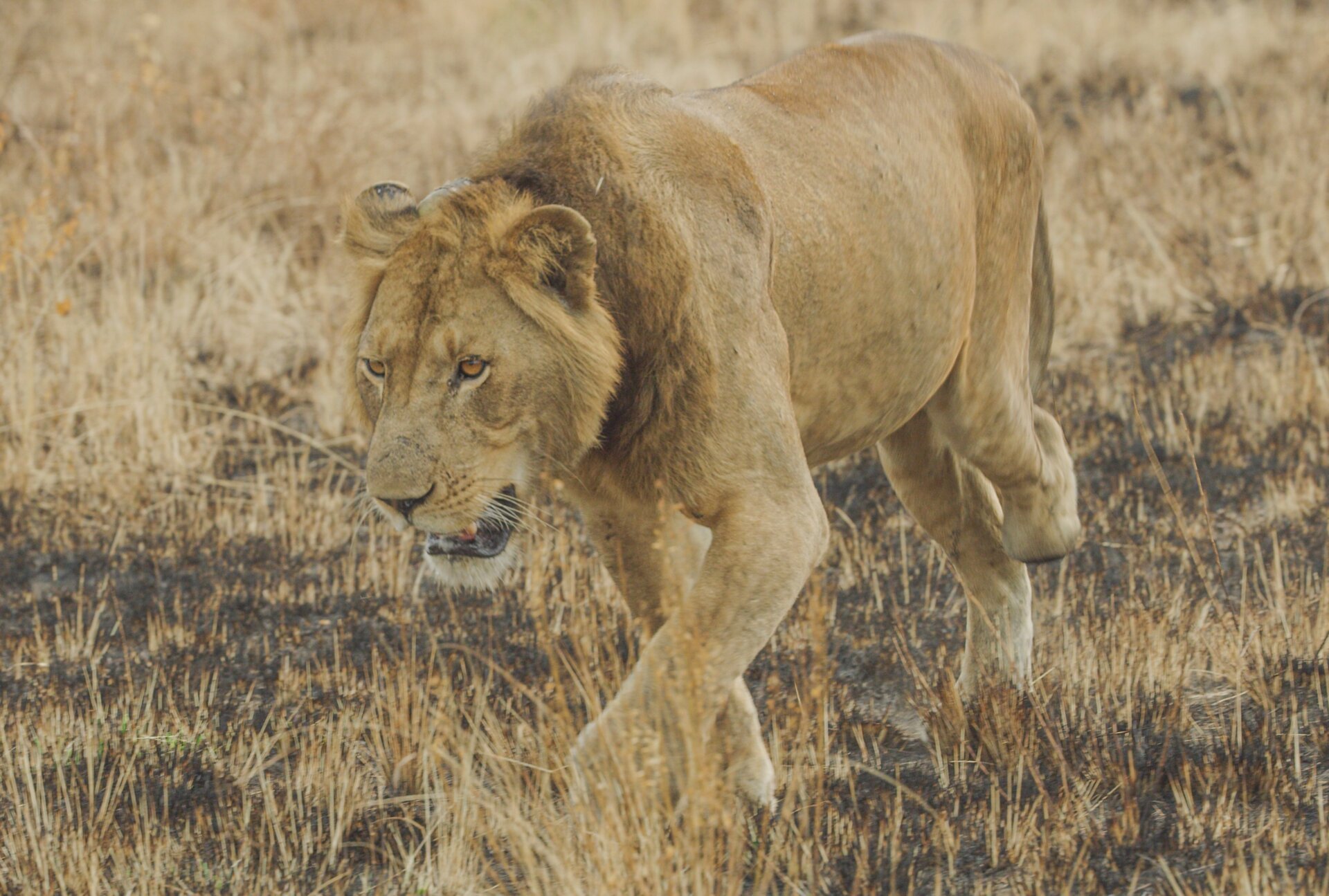A recently discovered brittle star fossil from the Late Jurassic period offers a unique glimpse into the creature’s ability to clone itself. Found in a German limestone deposit, the fossil preserves a moment in time where the brittle star was regenerating three of its arms as it died. This remarkable find sheds light on the ancient echinoderm’s cloning process and six-fold symmetry.
The fossil, unearthed in 2018 west of Nusplingen, Germany, was surrounded by other ancient marine life, including sponges, crinoids, and ammonite remains. A closer look reveals the three regenerating arms on the fossil’s right side are thinner and shorter than the original arms on the left. This is only the second known instance of a fossil capturing a regenerating body half and the first showcasing regeneration linked to six-fold symmetry and clonal fragmentation.
The new species, named Ophiactis hex, lived approximately 150 million years ago. While brittle stars and starfish both belong to the echinoderm family, they are distinct classes with a shared ancestor. Although many brittle stars have five arms, O. hex displays a remarkable six-fold symmetry, suggesting it possessed six arms before fragmentation. However, more specimens are needed to confirm this characteristic definitively.
The brittle star’s small body size and arm spines indicate an epizoic lifestyle, meaning it likely lived on a host organism, possibly the sponges found in the same fossil bed. This discovery adds to our understanding of brittle star evolution and the history of cloning in the animal kingdom.
The research is documented in a paper published in the Proceedings of the Royal Society B. The paper can be found here.
This remarkable fossil offers valuable insights into the life and regeneration capabilities of ancient brittle stars, demonstrating the incredible preservation power of fossilization. The discovery highlights the continued potential for paleontological research to uncover fascinating details about life on Earth millions of years ago.



